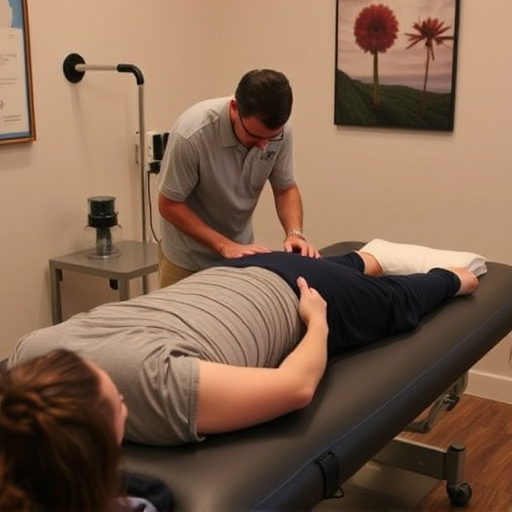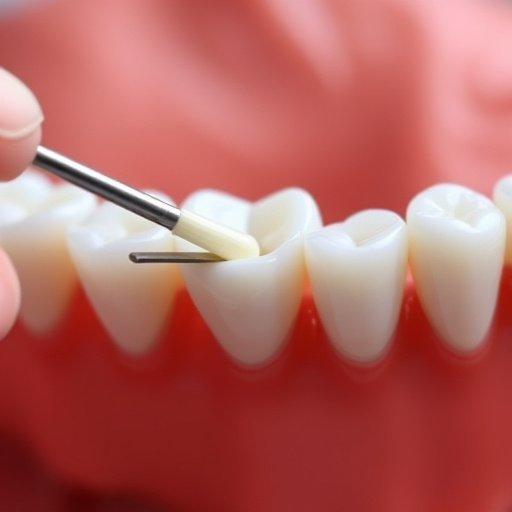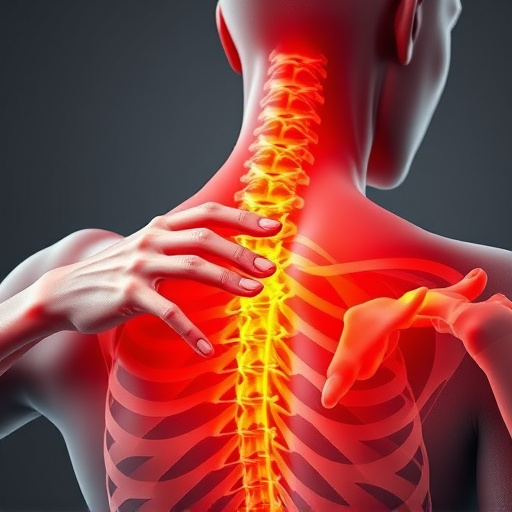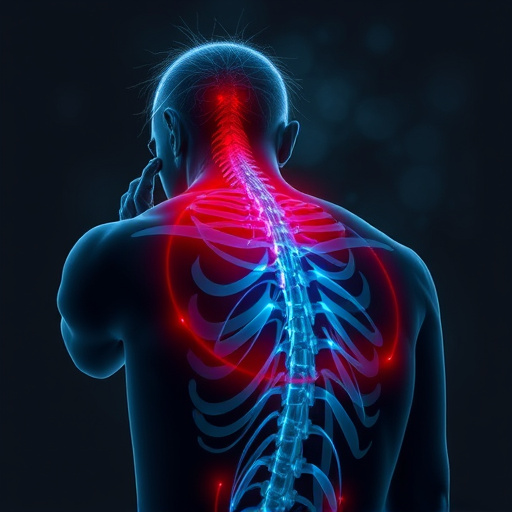MRI results are crucial for assessing spine injuries in workers' compensation (spine injury workers comp) claims, providing detailed insights into conditions like herniated discs and nerve damage. Radiologists meticulously interpret these findings to determine disability levels and compensation. Significant abnormalities support comprehensive treatments, while inconclusive results may lead to further testing. MRI data significantly influences treatment strategies, compensation decisions, and financial outcomes in spine injury workers comp claims.
Magnetic Resonance Imaging (MRI) results play a pivotal role in determining outcomes for individuals with suspected spine injuries seeking workers’ compensation. This article delves into the intricate process of understanding and interpreting MRI findings in spine injury cases. We explore how these results influence claims, focusing on the impact of specific data on workers’ comp decisions. By navigating the complexities involved, we provide insights that empower both claimants and professionals to make informed choices.
- Understanding MRI Results in Spine Injury Cases
- Interpreting Findings: Impact on Workers Comp Claims
- Navigating Decisions: When MRI Data Changes Outcomes
Understanding MRI Results in Spine Injury Cases

MRI results play a pivotal role in understanding and assessing spine injury cases for workers’ compensation claims. These advanced imaging techniques provide detailed insights into the condition of the spine, allowing healthcare professionals to make informed decisions. In the context of work-related injuries, MRI scans can reveal crucial information about herniated discs, nerve damage, or spinal cord compression. By analyzing these findings, medical experts can accurately determine the extent of the injury and its impact on the individual’s mobility and daily functions.
For workers with spine injuries, accurate diagnosis is essential for accessing appropriate care and support through workers’ compensation benefits. It enables healthcare providers to recommend targeted treatments such as pain management strategies, spinal adjustments, or non-invasive therapeutic interventions tailored to the specific condition. This personalized approach ensures that injured workers receive effective relief while navigating their claims process efficiently.
Interpreting Findings: Impact on Workers Comp Claims

When it comes to interpreting MRI findings for spine injury workers comp claims, careful consideration is paramount. Radiologists and medical professionals must thoroughly analyze scan results, paying close attention to details that could significantly impact an injured worker’s case. The presence or absence of specific abnormalities, such as herniated discs, spinal stenosis, or nerve compression, plays a crucial role in determining the extent of disability and appropriate compensation.
For instance, an MRI might reveal a severe herniated disc pressing on a nerve root, leading to intense pain and weakness in the affected limb—a finding that strongly supports a worker’s claim for comprehensive chiropractic treatment and pain management strategies. Conversely, minimal or inconclusive results may prompt further investigation through additional testing or consultations with specialists, potentially influencing the speed and scope of approved treatments.
Navigating Decisions: When MRI Data Changes Outcomes

Navigating Decisions: When MRI Data Changes Outcomes
In the complex landscape of spine injury workers comp claims, Magnetic Resonance Imaging (MRI) plays a pivotal role in shaping outcomes. This advanced imaging technology provides detailed insights into the condition of the spinal structures, including vertebrae, discs, and nerves. When an initial assessment is based on symptoms alone, an MRI can reveal crucial information that may alter the course of treatment and compensation decisions. For instance, it can confirm the presence of a herniated disc or pinpoint the location of sciatica, guiding more targeted and effective herniated disc treatment plans.
Understanding these findings is essential for both medical professionals and workers comp insurers. An MRI report that indicates significant damage or a need for specific sciatica relief measures could lead to more generous compensation packages, including extended rehabilitation periods. Conversely, mild or inconclusive results might result in more conservative claims handling. Thus, the data from these scans has far-reaching implications, impacting not only the speed and quality of recovery but also the financial outcome for workers injured on the job.
MRI results play a pivotal role in determining outcomes for spine injury workers’ compensation claims. By thoroughly interpreting these findings, professionals can make more informed decisions, ensuring fair compensation and appropriate medical care for affected workers. Navigating the complexities of MRI data is essential to reaching just conclusions in these sensitive cases.














